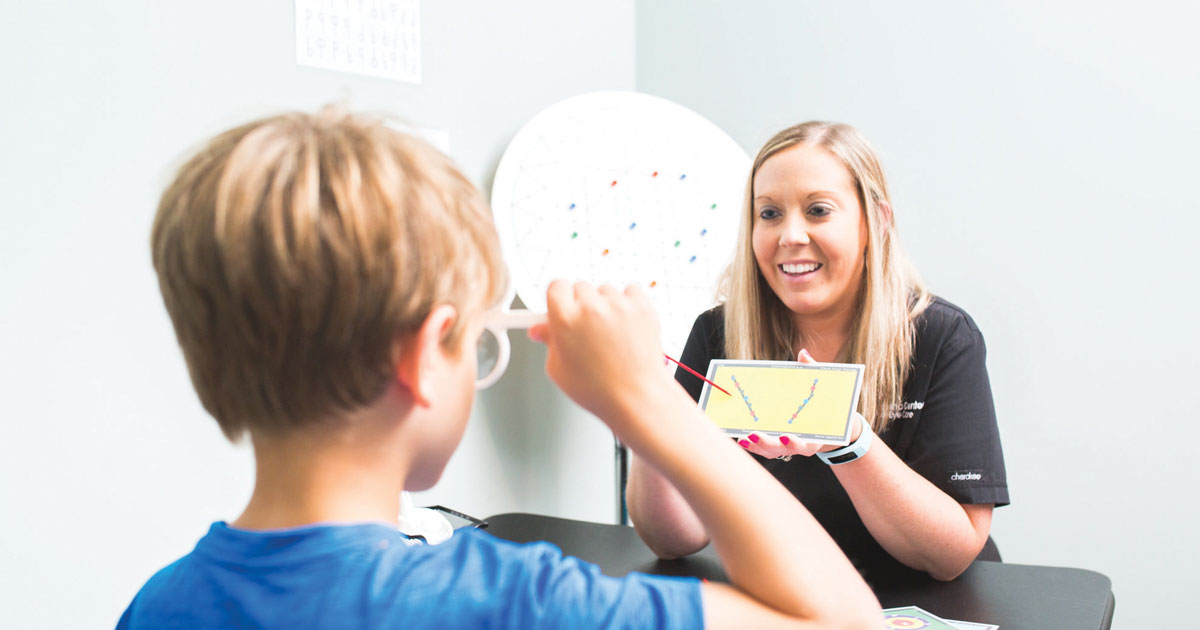Treatment Options For Sensory Processing Disorder
Vision Therapy

Sight is one of the senses very commonly affected by sensory processing disorder. Improving one's visual processing skills is the main goal of vision therapy. This is done using methods that train the brain and the eyes to work together more effectively, sending signals and eliciting appropriate responses that affect the rest of the body. Vision therapy techniques include visual arousal and eye movement exercises. These techniques and activities will assist the patient in strengthening their peripheral stability, visual space awareness, eye coordination, and visual information processing, such as reading.
Reveal the next way of treating sensory processing disorder effectively now.
Listening Therapy

Auditory stimuli are also commonly distorted in those with sensory processing disorder, which causes abnormal responses. Listening therapy is a great way for individuals with auditory issues to stimulate their brains and attempt to build more solid connections. During the treatment, patients will listen to various sound patterns, vibrations, and frequencies while attempting to complete other motor tasks, such as walking on a straight line. This exercise stimulates the brain and improves the neurophysiological environment, better preparing it to integrate sensory input. Like other therapies used in the treatment of sensory processing disorder, this method is based on the theory of neuroplasticity, which states that repetitive exposure to stimuli can trigger long-lasting changes in the brain.
It's time to get to know the next option for treating sensory processing disorder.
